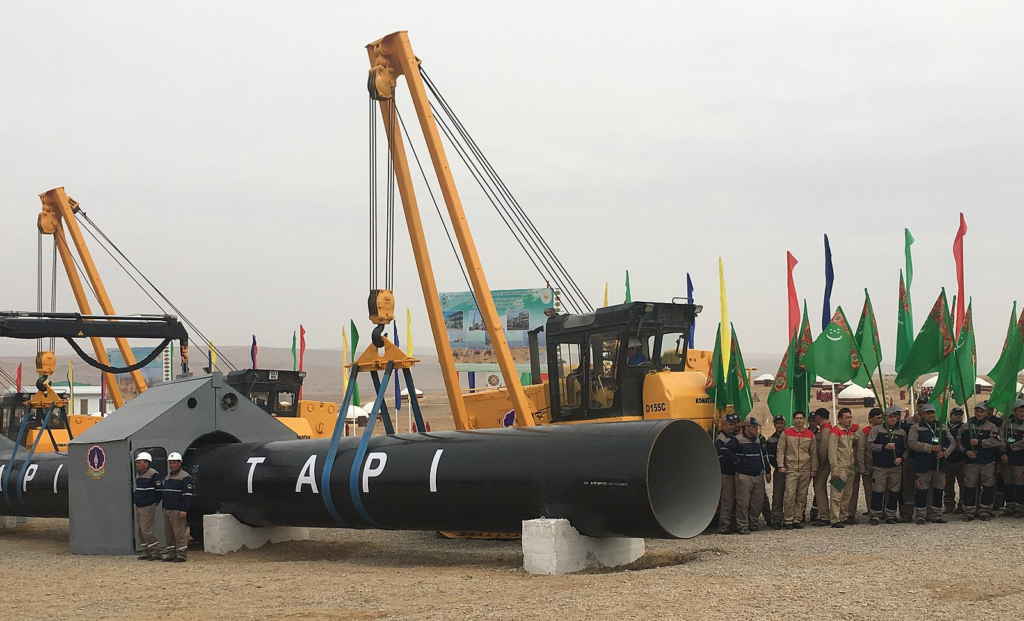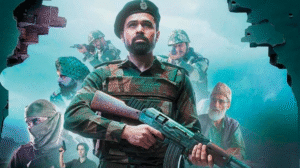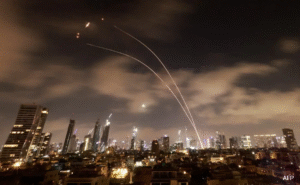The Shifting Sands of Support: Ukraine’s Precarious Position in a Divided World
The conflict in Ukraine, a stark reminder of geopolitical fragility, continues to evolve under a complex web of international relations. On March 2, 2025, the headlines painted a picture of a nation caught between shifting alliances, facing both renewed aggression and a precarious dependence on external support. The day’s events highlighted the stark contrasts in international responses, revealing the delicate balance Ukraine must maintain to survive.

Contrasting Allied Support
The United Kingdom’s unwavering support, exemplified by Labour leader Keir Starmer’s embrace of President Zelenskyy, stood in sharp contrast to the apparent isolation imposed by the United States. Following what was described as a “tense meeting” between Zelenskyy and US President Donald Trump, a dramatic shift occurred: the immediate cessation of all US military aid to Ukraine. This move, regardless of its underlying motivations, fundamentally altered the landscape of the conflict. The financial and military lifeline that Ukraine had relied upon was abruptly severed, leaving the nation vulnerable and questioning the reliability of its allies.
UK’s Commitment Amidst US Pause
The UK’s commitment, further solidified by a loan agreement for weapons production within Ukraine, served as a symbolic counterpoint to the US decision. It underscored the UK’s position as a steadfast ally, willing to invest in Ukraine’s long-term defense capabilities. However, the question remained: could this support alone compensate for the loss of American assistance? Ukraine’s reliance on external military aid was undeniable, and the sudden withdrawal of a major contributor created a significant power vacuum.
The Ongoing Reality of Conflict
Meanwhile, the grim reality of the conflict continued on the ground. A Russian missile strike on a hotel in Kryvyi Rih, resulting in casualties, served as a stark reminder of the ongoing violence. This attack, a repetition of the devastating strikes that have become a hallmark of the conflict, highlighted the human cost of the war and the vulnerability of Ukrainian civilians. The juxtaposition of diplomatic maneuvering and brutal military action underscored the complex and multifaceted nature of the crisis.
Shifting US Priorities
The reported initiation of direct negotiations between the United States and Hamas regarding the release of Israeli hostages added another layer of complexity to the region’s geopolitical landscape. While seemingly unrelated to the Ukrainian conflict, this development signaled a potential shift in US priorities and a willingness to engage with actors previously considered beyond the pale. In the context of the US aid pause, this move could be interpreted as a redirection of focus, potentially leaving Ukraine feeling marginalized.
A Nation in the Balance
In essence, March 2, 2025, illustrated the precarious position of Ukraine. The nation, caught between competing international interests, faced the dual challenges of Russian aggression and the shifting sands of global support. The UK’s commitment offered a glimmer of hope, but the loss of US aid cast a long shadow, raising critical questions about Ukraine’s future and the international community’s resolve. The hotel attack served as a stark reminder that this is not simply a diplomatic game, but a brutal war with real human cost. The future of Ukraine remains uncertain, dependent on the delicate balance of alliances and the unpredictable nature of international politics.




















